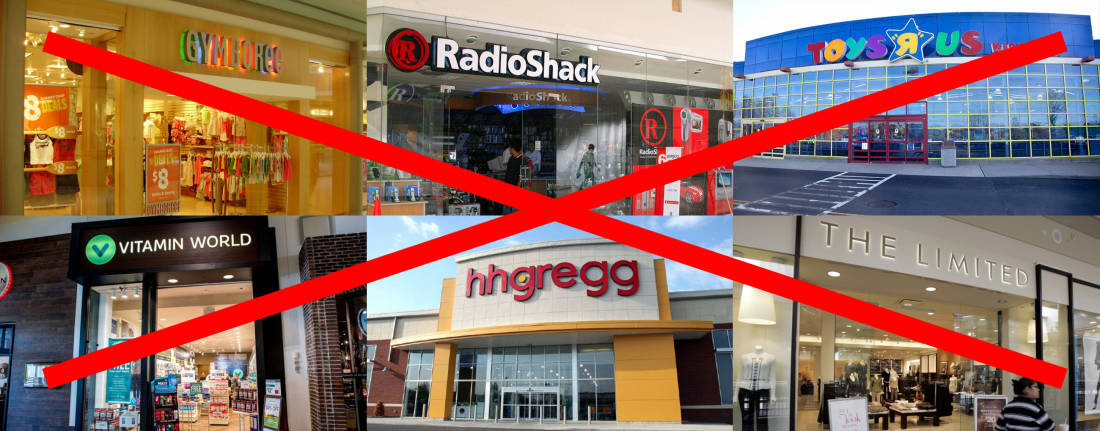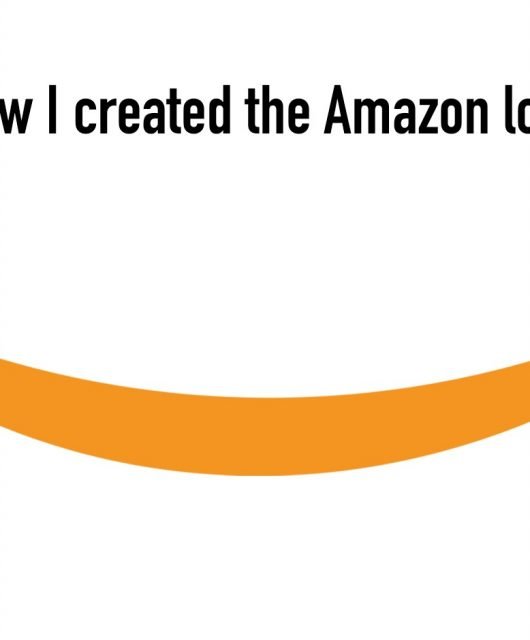Article after article bemoans the retail apocalypse that is currently going on in America. Chains like Toys R Us, Radio Shack, and host of others have shut down signaling that online sales are the future. Well, sort of.
If physical retail is dying, why are we continuing to see ecommerce and online direct-to-consumer companies like Amazon investing in physical spaces? Are they being stupid?
Nope. Why? Because where as the old school of retail was focused on the transactional, the new school of retail is focusing on the entire CX (customer experience).

The Fallacy of Transactional Thinking in Retail
Most old-school retailers created an online version of their physical store. They viewed their customer’s experience as transactional. To them, the customer either bought in-store or online. The focus was on getting them to spend more, and spend more often. To that end, many retailers pursued a discounting strategy. Unfortunately that approach trains customers to not buy unless they get a discount. One need only look at Gap/Banana Republic/Old Navy to see that once a company goes down the path of discounting it is almost impossible to get out.
That transactional thinking, however, was not seeing the forest for the trees. And while they were focused on increasing sales, a sea change in how companies interact with their customers was taking place online.
The Rise of CX (Customer Experience) Thinking Online
Different than transactional thinking, online companies sought to not only provide a product or service but provide increased value before, during, and after the transaction. They think in terms of customer experience (CX), not just sales.
Netflix creates series and movies based on their members’ viewing choices. Amazon keeps adding perks for Amazon Prime Members. Warby Parker made the process and price of getting new glasses much easier.
Online + Offline = Better CX
With a focus on CX, online companies are seeking a physical presence for a variety of reasons. Amazon bought Whole Foods and Alibaba bought Huitongda as a strategic move to leverage a network of locations as mini-distribution hubs as well as a chance to gain entrée into the multi-billion dollar grocery market.
Warby Parker opened retail locations in an effort to be more readily available for customers to try on, pick up, and have glasses tweaked so they fit just right.
And recently, Netflix was considering buying Landmark Cinemas. Yes, you could argue that has more to do with award consideration for their Netflix Original movies. And while that may be true, if their movies win more Oscars, they’ll get more subscribers which translates into dollars that enable Netflix to be able to make more great original content. Guess what that does? Yep, increases value for the customer. Not to mention it has the potential of allowing subscribers to experience a Netflix movie on the big screen as part of a membership — more value. Contrast this with the financial soaking that takes place when one goes to the movies today.
Retail Is Dead, Long Live Retail!
So yes, retail as we’ve known it is clearly on the chopping block. But the idea of having a physical location is not. It’s just being transformed from a transactional role to one that helps create a more holistic CX. What’s even more fascinating is that, when combined with the advent of voice and connected sensors, it signals the first steps into potentially transforming the internet from a destination to a layer in our everyday lives.
The Bigger Opportunity
As author and tech humanist Kate O’Neill says, “the bigger picture opportunity is the *human* experience, rather than the customer-specific role in experience. Integrated physical-digital contexts matter, and counterintuitively work, because they address nuanced dimensional issues that the customer-specific role alone does not.”
Do yourself a favor and take a deeper dive into the blending of online and offline by checking out her book Pixels and Place(yes it’s an Amazon link, no I am not making money off of it).





